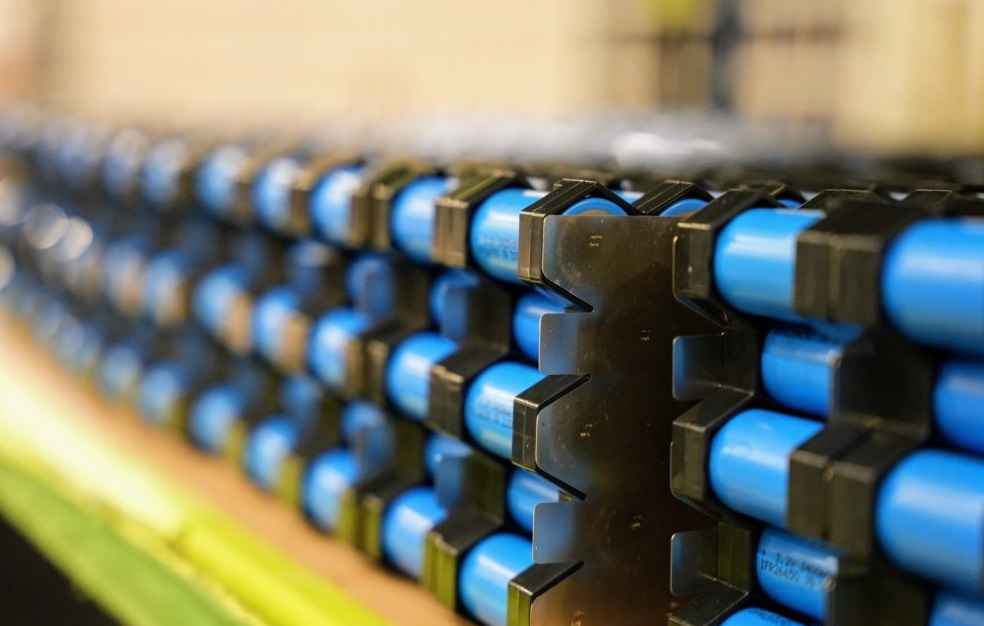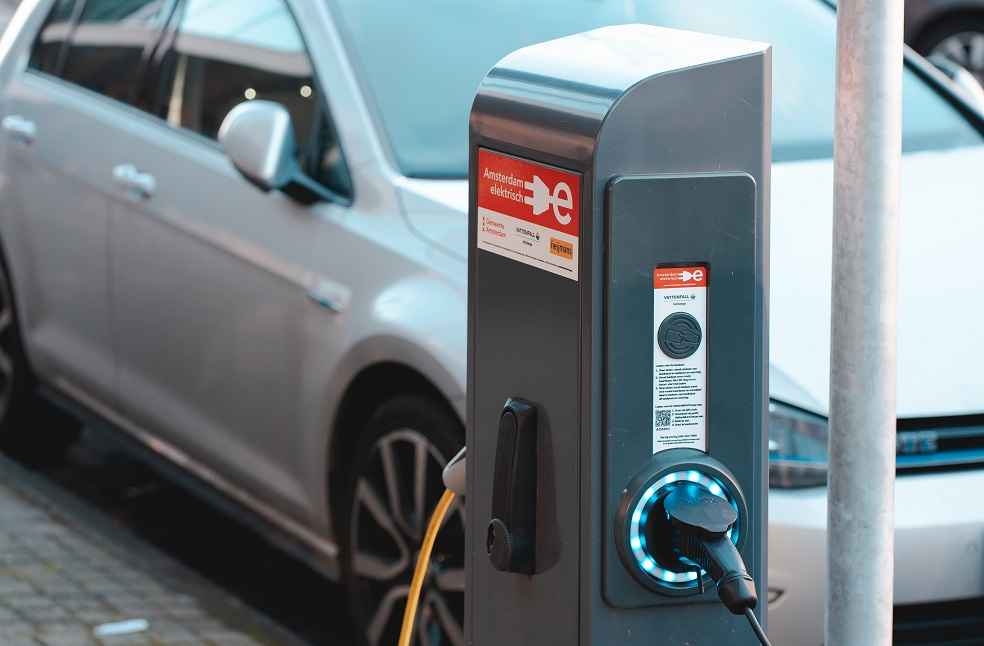The automotive industry’s transformation accelerates as electric vehicles (EVs) rise to the forefront. For South Korean automakers, this electric future presents both a challenge and an opportunity. Key to their success is prioritizing the development of all-solid-state lithium batteries and strengthening EV-related software capabilities.
Presently, EVs rely on lithium-ion batteries, known for their vulnerability to ‘thermal runaway,’ a condition where they can ignite fiercely and rapidly, posing significant safety concerns. Coupled with high battery costs, limited driving ranges, and scarce charging stations, the EV transition faces its set of challenges.
Yet, the horizon seems promising. By 2030, according to Kim Tae-nyen, president of Mirae Mobility Research & Services (m.More), global ambitions lean toward a more extensive adoption of battery electric vehicles (BEVs), propelled by rigorous emission regulations to counteract climate change.

Europe is already paving the way with plans to have all new cars sold to be zero-emission by 2035. The U.S. shares a similar vision, targeting 50% of new vehicles to be zero-emission by 2030. Both regions anchor their strategies on the goal of achieving carbon neutrality by 2050. The EU contemplates specific allowances, particularly concerning e-fuels, synthesized using captured CO2 emissions.
Emphasizing this transformative era’s significance, Kim underscores the necessity for South Korean automakers, notably Hyundai Motor Group, to bolster investments in next-gen solid-state lithium batteries and EV software proficiencies. Such initiatives promise the rollout of safer, more economical, and less combustible EVs post-2030. With nearly three decades of experience overseeing trade and environmental dynamics at the Korea Automobile & Mobility Association, Kim’s insights carry weight.
Aligning with this perspective, Hyundai Motor Group exhibits proactive endeavors. They’ve inaugurated an EV-focused R&D center at Seoul National University (SNU) and established a dedicated department for EV software at SNU’s graduate school. Their vision spans a decade, with plans to infuse $7.09 billion to cultivate next-gen EV batteries, refine their performance, and augment charging infrastructure.

To stay ahead, Kim suggests Hyundai forge alliances with global pioneers, specifically U.S. solid-state battery developer Solid Power Inc. Indeed, the group has embarked on this path, collaborating with both Solid Power and Solid Energy System, aiming to harness cutting-edge battery technology.
For both Hyundai and Kia, the transition requires an evolved focus on EVs, despite the financial appeal of traditional combustion engines. Competition in the EV domain hinges on advanced software proficiencies. These giants must carve their niche, particularly against industry stalwarts like Tesla, and BYD Auto. For a winning strategy, they need to craft an innovative EV model tailored for the broader market, with a price point of around $25,000, said Kim.
Though their aspirations tower, challenges remain. Hyundai and Kia set sights on a combined 3.64 million EV sales by 2030. This goal seems modest when juxtaposed with Tesla and BYD’s towering ambitions, targeting 20 million and 10 million units respectively.

The automotive terrain evolves at breakneck speed, and South Korea’s automotive giants stand at its epicenter. Their strategic choices will shape the global trajectory of the burgeoning EV paradigm.
GENERAL | Bharat NCAP 2023: India’s Road Safety Revolution and Boost to Global Car Market





